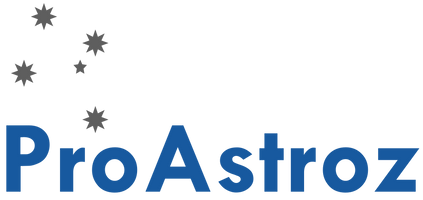
Dual ED Eyepieces series overview and benefits
When it comes to visual astronomy, having a high-quality eyepiece can make all the difference in your viewing experience. Dual ED (Extra-low Dispersion) eyepieces are some of the best value on the market, offering a range of benefits that can greatly enhance your observations. In this blog post, we'll explore the benefits of dual ED eyepieces and what makes them great choices for visual astronomy.

First, let's start with what ED glass is and why it matters. ED glass is a type of optical glass that is designed to minimize chromatic aberration. Chromatic aberration is a phenomenon where different wavelengths of light are refracted differently, resulting in a rainbow-like effect around objects in the field of view. This effect can be particularly noticeable when observing bright objects like planets or stars. ED glass helps to reduce this effect, resulting in a clearer, sharper image.
Now, let's talk about dual ED eyepieces specifically. As the name suggests, these eyepieces feature two ED glass elements in their optical design. This allows for even greater reduction of chromatic aberration, resulting in a more crisp and clear image.
One of the primary benefits of dual ED eyepieces is their ability to produce high-contrast images. The reduced chromatic aberration allows for more accurate color rendering, which can be particularly beneficial when observing planets or other objects with subtle color variations. Additionally, the high contrast provided by these eyepieces can help to bring out details in objects that might otherwise be difficult to see.
Another benefit of dual ED eyepieces is their relatively wide field of view of 60 degrees. This can make it easier to locate objects in the sky and to observe larger objects like star clusters and galaxies. The wide field of view also provides a more immersive viewing experience, allowing you to feel like you're truly exploring the depths of space.
Finally, dual ED eyepieces are often designed with comfort in mind. Many feature adjustable eye cups and ergonomic designs that make them easier to use for extended periods of time. This can be especially important for those who enjoy long observing sessions.
In conclusion, dual ED eyepieces offer a range of benefits that make them excellent choices for visual astronomy. Their ability to reduce chromatic aberration, produce high-contrast images, provide a wide field of view, and offer comfortable viewing experiences make them a top choice for both amateur and professional astronomers. Whether you're just starting out or are a seasoned observer, a high-quality dual ED eyepiece can greatly enhance your viewing experience and help you to see the wonders of the universe in greater detail.
